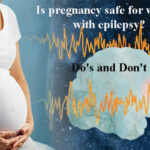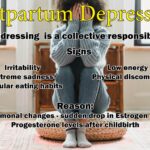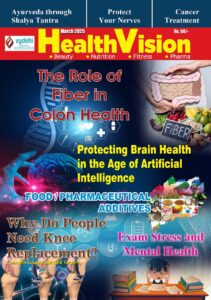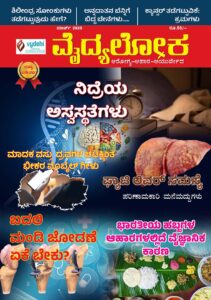Birth defects can be corrected – Don’t ignore or delay. Every year more than 1.7 million children in India are born with birth defects. Birth defects are common and are one of the major causes of infant hospitalization. They are also called as congenital abnormalities or congenital anomalies. Birth defects are the major cause of infant deaths which may occur as early as a few days after birth. The birth defects can result in a long term disability with a significant impact on the individuals, their families and also on society. As per the recent newsletter of WHO, an estimated 2,95,000 newborns die within 28 days of birth every year, worldwide, due to congenital anomalies.
A birth defect can be of physical malformations, that is abnormal development of any organ of the body like heart defects, club foot, cleft-lip or chromosomal abnormalities like Down syndrome or functional defects like congenital deafness or congenital blindness. While some birth defects affect the functions of normal human living severely, others can be a minor defect which are not so visible externally. As per the latest newsletter of WHO, the most common, severe congenital anomalies are heart defects, neural tube defects and Down syndrome.
Causes of birth defects:
Most babies are born healthy. However, some may have birth defects.In approximately 50% of babies born with congenital abnormalities the exact cause is unknown and the foetus develops them during pregnancy period. Birth defects are common globally . Family health history, age of the parents, care during pregnancy and other factors are part of the risk factors.
Some of the causes are:
– Genetic
– Socioeconomic and Demographic factors(maternal age)
– Certain medications
– Exposure to chemicals
– Infections during pregnancy
– Maternal nutritional status
– A combination of the above causes
Surgical treatment options:
With the advancement in health care, many birth defects can be diagnosed before birth with accuracy.Complete cure is possible through various paediatric surgeries for many structural birth defects and also its impact can be reduced.
Early treatment is possible for many functional abnormalities like congenital blood abnormalities such as (Thalassaemia, sickle cell disease),congenital hypothyroidism(decreased functioning of thyroid). Remember, there are surgical treatment options available for most physical birth defects.
The most common structural defects and the surgical interventions to treat it are listed below:
Heart defects: There are a wide variety of cardiac abnormalities that affects the flow of blood through the heart and impacts the heart’s functioning and development. Depending on the heart’s abnormality, surgery can range from minor to open-heart surgery using a heart-lung machine, which will take over the functioning of the heart and lungs so that the surgeon can perform the surgery.
Spina bifida: In this condition a portion of the babies spinal cord is exposed to the outside without overlying muscle and skin cover. Surgical repair is essential to prevent further injury and infection of the exposed spinal cord. A neurosurgeon replaces the exposed part of spinal cord in the spinal canal and closes the defect with muscle and the skin.
Cleft lip or palate: Here the infant’s lip or the roof of the mouth has an opening or split. The aim of the surgery is to close the separation in the lip and or roof of mouth and provide a more normal function and appearance of the upper lip.
Club foot: When the infant’s foot is pointing inwards instead of outward, we call the condition as club foot. Surgeries are done to align the foot in a normal position by releasing and lengthening the tight tendons.
Birth defects can have a lasting impact on a child’s life if left untreated. Advancements in medical science gives us the opportunity to correct these birth defects at a very early stage. Hence, consult your paediatrician and take their advice on the treatment. Hospitals are safe to visit and all precautions for patients’ safety are taken with utmost care.
Dr.Beena Jeysingh
Senior Consultant, Obstetrics and Gynecology
Columbia Asia Hospital, Sarjapur Road











